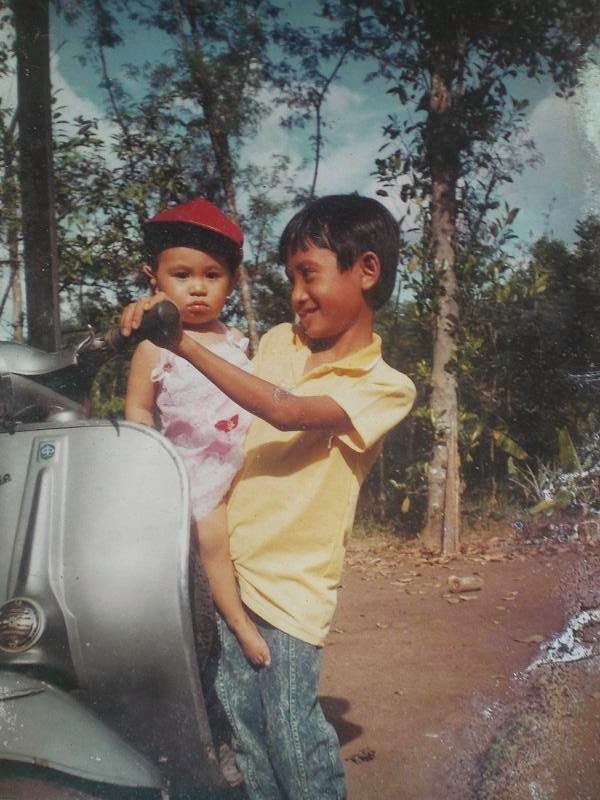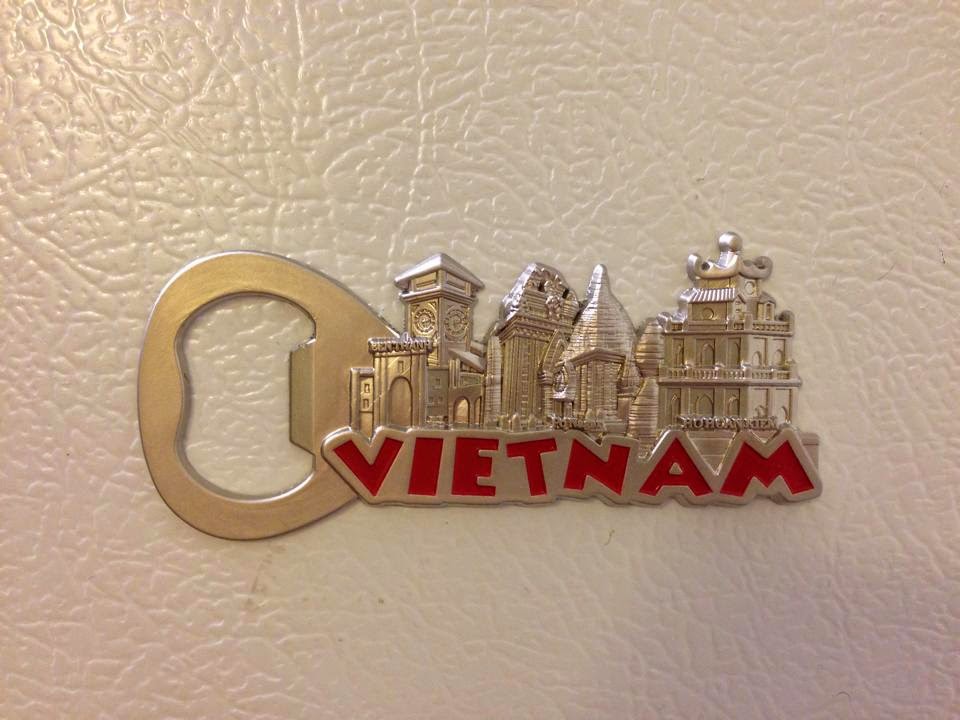10 Things I’ve learnt
1. English
Control what I’m saying and help the audience understand my story.
2. Pronunciation. I have to practice some words before my presentation. There are many words I have bad pronunciation until now.
3. Presentation. Most of people like to see pictures than listen what we are saying or read what we write. The key success is create a presentation as conversation, sometimes I’ve ask you: Have you been there or do you know …. I was trying to connect you to my presentation. Most of us sit on the chair and present what we research, exclude Ada. She was standing when she was presenting, which encourage me to watch her presentation.
4. Research
Choose right information. Choose a reliable source.
5. Culture from variety of nation. Honestly, I did not concentrate in some of presentation, but I know that your presentations are a huge knowledge which we have to work during a whole semester to gain.
6. See how design in global culture is. The final project is a perfect way to see how design happens. I like the last two parts: Powers of Influence and Challenges of Place. I have more space to impress my opinion, my conclusion on what I’ve researched.
7. The way to learn a new thing. It is not what people say, is what I find down. That is RESEARCH.
8. Red Dots: Focus what other people think it is too simple to focus. In my opinion, that is the eyes of designer. This project does not stop here, you will encounter many things are red dots that is judged by you. This project is a brainstorm practice that help designers in the innovation development.
9. Instructor vs Teacher. Learn from experience, instructor is a person who guide us going the right way, and judge our working’s qualification
10. FOOD. Hot and sour in Thailand food, the curry flavor in India food, the flat taste in Turkey food.












































